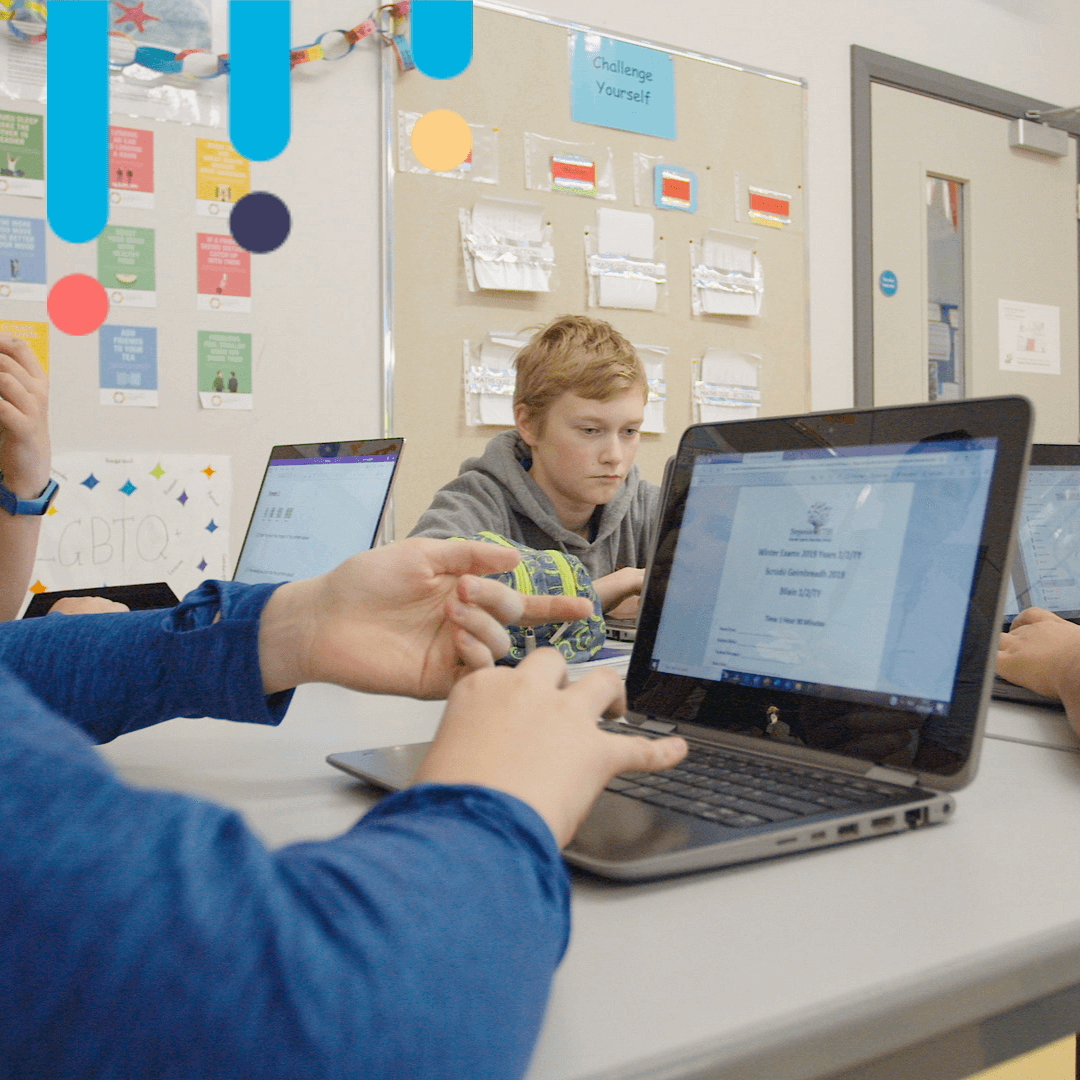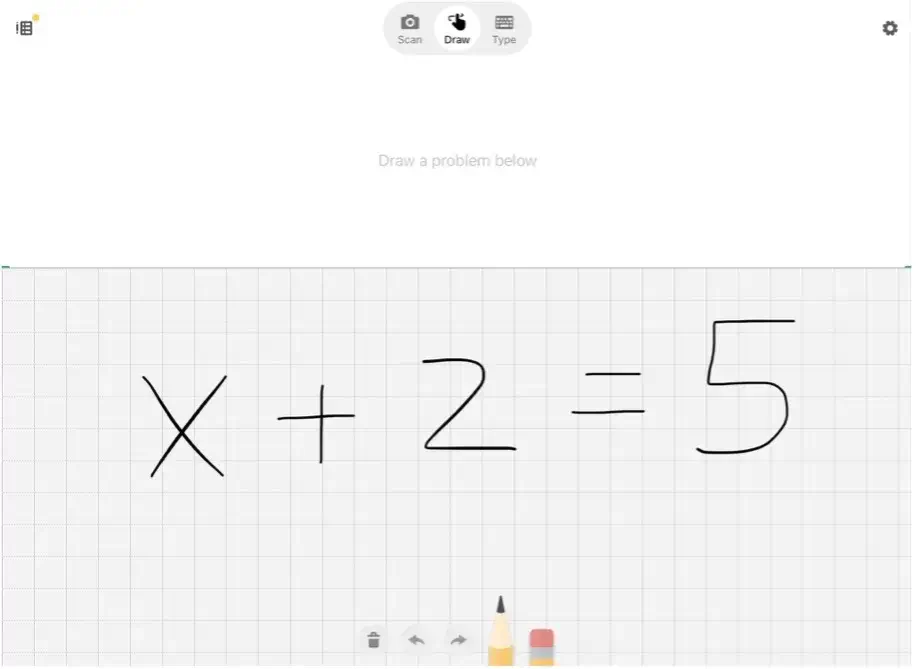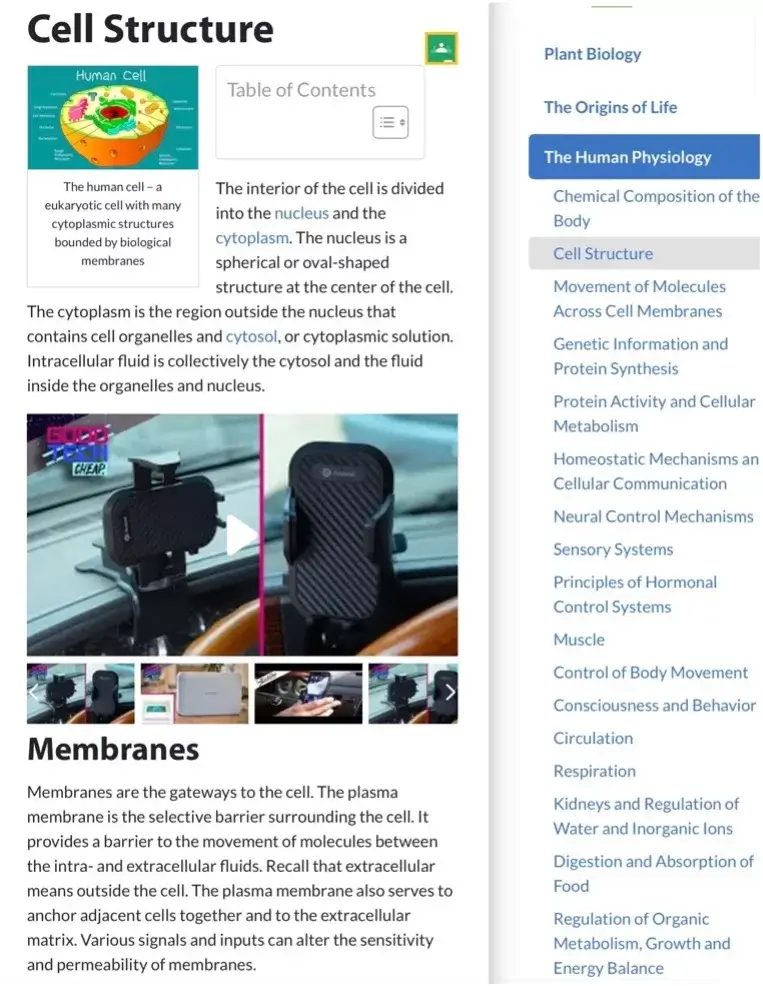By Conor Maxwell
Overview
Studying and preparing for exams is an essential part of school life, but it can also be a daunting task for many students. With exams looming and pressure mounting, it’s easy to feel overwhelmed and unsure of where to begin. However, with the right mindset and approach, studying can be a rewarding and fulfilling experience that not only leads to academic success but also personal growth. Additionally, technology can play a crucial role in aiding exam preparation. In this blog post, we’ll explore some effective strategies and tips for studying and preparing for exams, as well as ways to leverage technology to maximize your study efforts.
1. Mind mapping
Mind mapping is a visual brainstorming and organizational technique that involves creating a diagram to link ideas and concepts together. It is a tool that helps students to capture their thoughts and ideas, and then organize them in a way that is easy to understand and remember.
There are many reasons why mind mapping is useful. For one, it can help individuals to generate new ideas and insights, as well as clarify their thinking on complex or abstract topics. It is also an effective tool for note-taking, as it can help to organize notes in a way that is easy to review and understand. Mind mapping can also be useful for studying and memorization, as it can help to connect related concepts and information in a more visual and intuitive way.
Traditionally, mind maps would have always been designed on paper in class. However, with more and more schools getting to grips with technology within the classroom, this is something that can be done with relative ease using a device, both in the classroom and while studying at home.
There are many apps available that cater for the design of mind maps. Some of these include: Popplet, Canva and Coggle.
Check out some of these mind maps some of my own students have created:
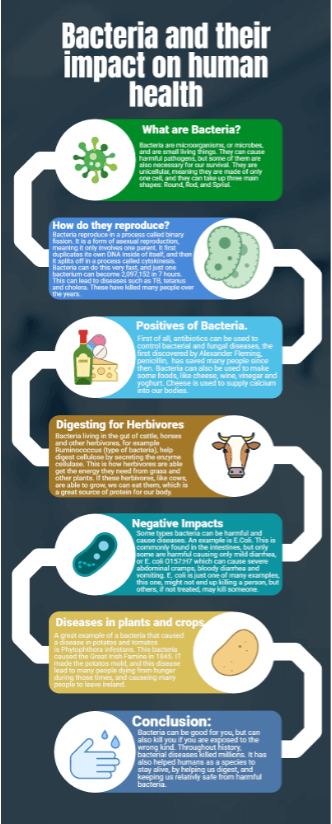
Figure 1: Poster created using Canva for Junior Cycle Science – Bacteria
2. Microsoft Math
When it comes to studying for maths there is one phrase that can sum it up. Practice, practice and more practice. Practicing maths problems is crucial to studying math as it helps build problem-solving skills, reinforces concepts learned in class, and identifies areas where more support is needed. Solving problems regularly allows for a deeper understanding of math concepts and their real-world applications.
However, there is one issue with this. What happens when you, as a student, go home and can’t solve any of the assigned study problems. You just can’t remember the steps to solve the problems and you’re left peering over your notes, hoping it all begins to make sense. This is where technology comes in.
Microsoft Math is a free educational app that helps students with their maths homework by providing step-by-step explanations, interactive graphs, and practice problems. The app can be used to solve problems in various math topics, including algebra, calculus, statistics, trigonometry, and more. With Microsoft Math, you can simply input maths problems or take a picture of the problem using your device’s camera and receive a step-by-step solution.
This means if you do get stuck on a problem, rather than having to stress over it, you can receive in-the-moment steps as to how to get to the solution. Better yet? You will also receive a list of similar type questions that you can practice to ensure you have mastered the particular concept you are working on. There is also a feature that allows you to generate a practice quiz, with varying levels of difficulty, meaning you can prepare as best as possible for what might appear on the final exam.
Figure 3: An example of an equation input into the app
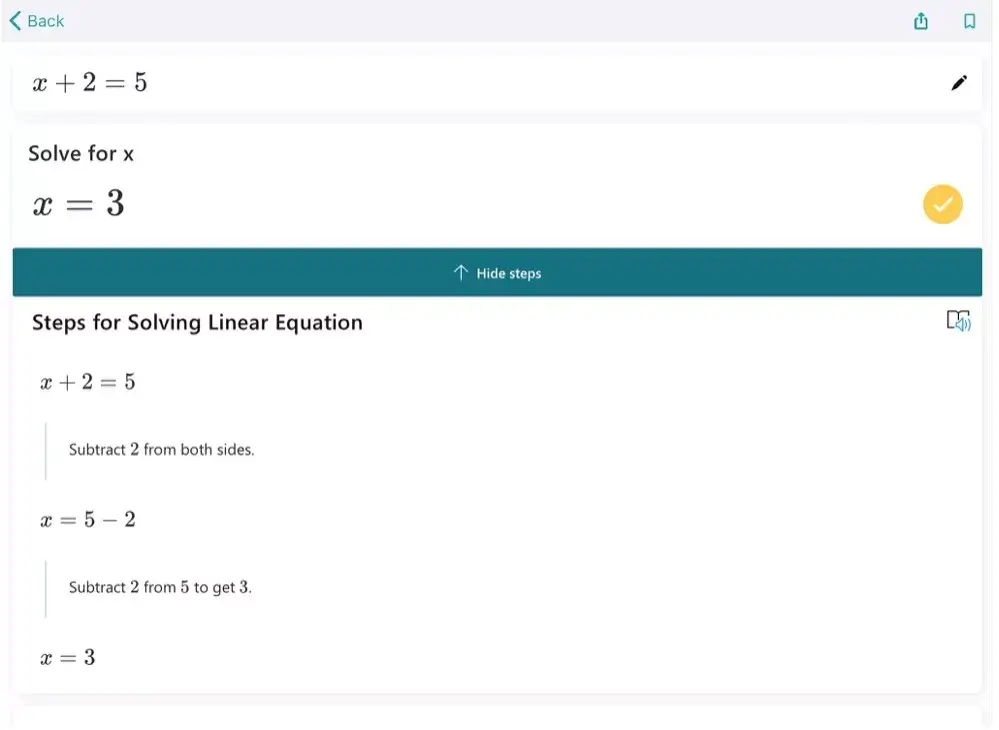
Figure 4: Solution and steps provided to maths problem
3. Quizlet
Flashcards are a learning tool that consists of cards with information on them, typically used to memorize or review concepts or facts. Flashcards can be made from index cards or online tools, and they usually include a question or prompt on one side and the answer on the other side. Flashcards are commonly used to aid in memorizing information such as vocabulary words, historical dates, scientific facts, mathematical formulas, or any other information that requires recall. Like mind maps, they typically would have been created on paper, but there are lots of online tools that can aid with their design. The most note-worthy is Quizlet.
Quizlet is an online learning platform and app that allows students and teachers to create and study digital flashcards. The platform has a huge database of pre-made flashcard sets and study materials created by other users, covering a wide range of topics and subjects meaning you don’t have to create them from scratch.
One of the advantages that using Quizlet has over your typical paper flashcards is that Quizlet offers various study modes, which aside from the basic flashcard feature includes matching games and tests which can be used to allow you to track your progress.
You can access Quizlet online here: https://quizlet.com/en-gb

Figure 5: Features available on Quizlet. Flashcards, learn, test and matching mode

Figure 6: Flashcard mode

Figure 7: Matching game to test knowledge

Figure 8: Test mode to check understanding of keywords
Reader View is a feature available on the Safari web browser on the iPad that simplifies the reading experience by removing ads, extraneous content, and other distracting elements from a web page. This feature presents the text and images of an article in a clean and uncluttered format, making it easier to read and focus on the content.
Reader View is useful for studying because it eliminates the distractions that can make reading on a screen more difficult, allowing you to concentrate on the material without being interrupted by ads, links, and other clutter. This can be especially helpful when reading long articles or textbooks, as it can help you maintain your focus and comprehension for extended periods of time.
Reader View can also be customized to suit your preferences, allowing you to adjust the font size and style, background color, and other settings to create a personalized reading experience that meets your needs.
Figure 9: An example of a webpage without reader view
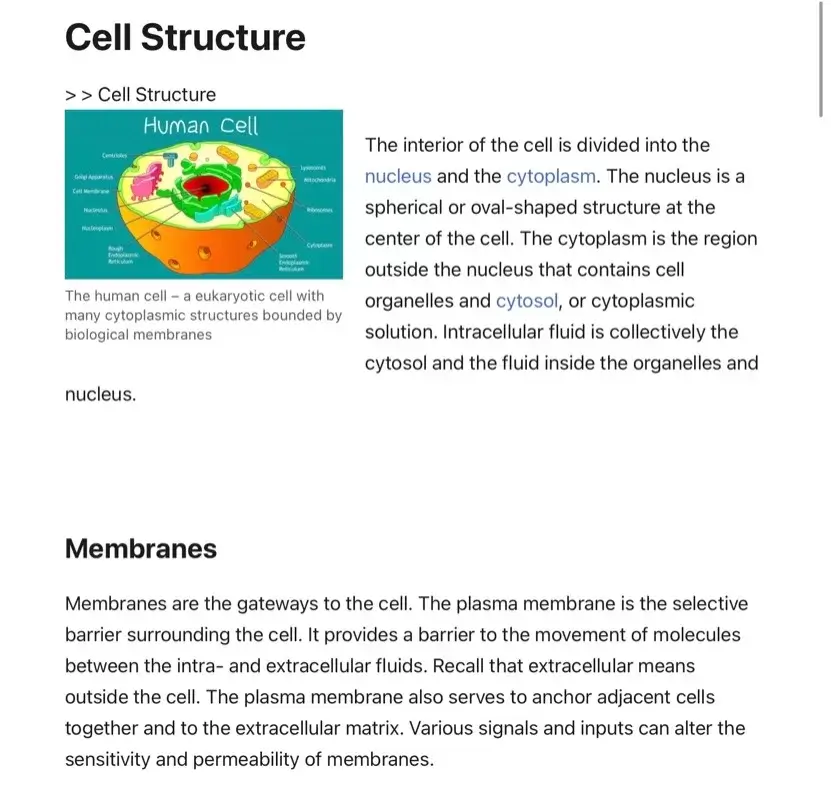
Figure 10: An example of a webpage with reader view being used
5. Immersive Reader
Immersive Reader is a feature available on some iPad apps, such as Microsoft Word, that provides a more accessible and comfortable reading experience for students. It is designed to help people with dyslexia, visual impairments, and other reading difficulties by providing customizable settings that make reading easier and more enjoyable.
Immersive Reader on iPad typically includes features such as:
Text-to-speech: Immersive Reader can read text aloud, which can help students with reading difficulties or those who prefer to listen to text rather than read it.
Font and text customization: Students can adjust the font size, typeface, line spacing, and background color to make reading more comfortable.
Focus mode: This feature isolates individual lines or sentences to make it easier for students to focus on reading one sentence at a time, reducing visual distractions.
Parts of speech highlighting: Immersive Reader can highlight different parts of speech in different colors, helping students to better understand the structure of sentences and improve their grammar skills.
Picture dictionary: Immersive Reader can display pictures to help students understand the meaning of words they may not be familiar with.
Overall, Immersive Reader on iPad can be useful for studying as it provides a more accessible and personalized reading experience that can help students with reading difficulties to better understand and retain information. It can also reduce eye strain and visual distractions, making reading on an iPad more comfortable and less fatiguing.
I hope that this has made it clear that technology has revolutionized the way we study, making the process more efficient and effective. From notetaking and organization tools to flashcard apps and maths aids, there are a multitude of tech tools available to aid in your academic pursuits. It’s important to experiment with different tools to find the ones that work best for you. With the right combination of technology and hard work, you’ll be on your way to academic success in no time. So, embrace the power of technology and take your studying to the next level.
